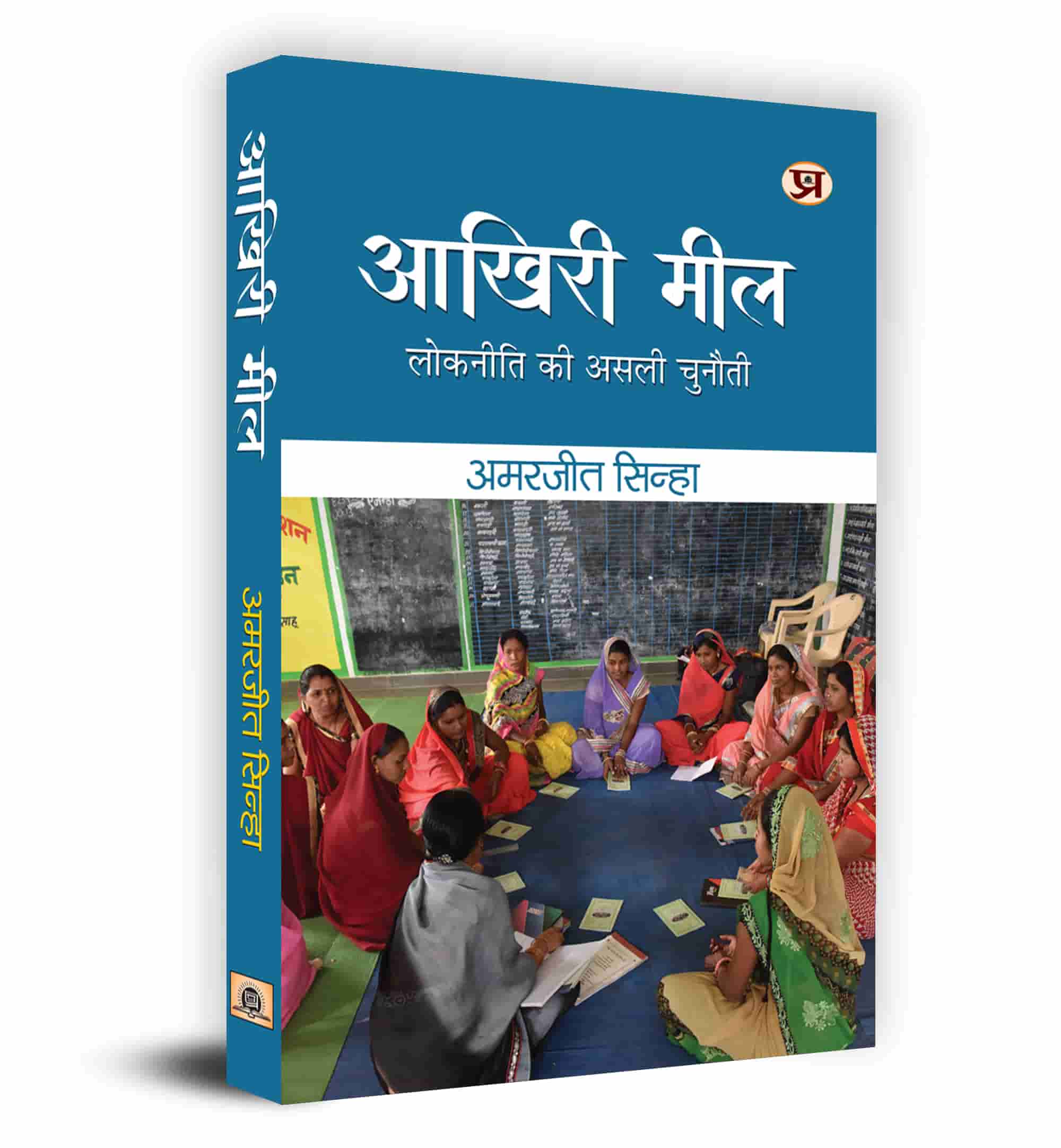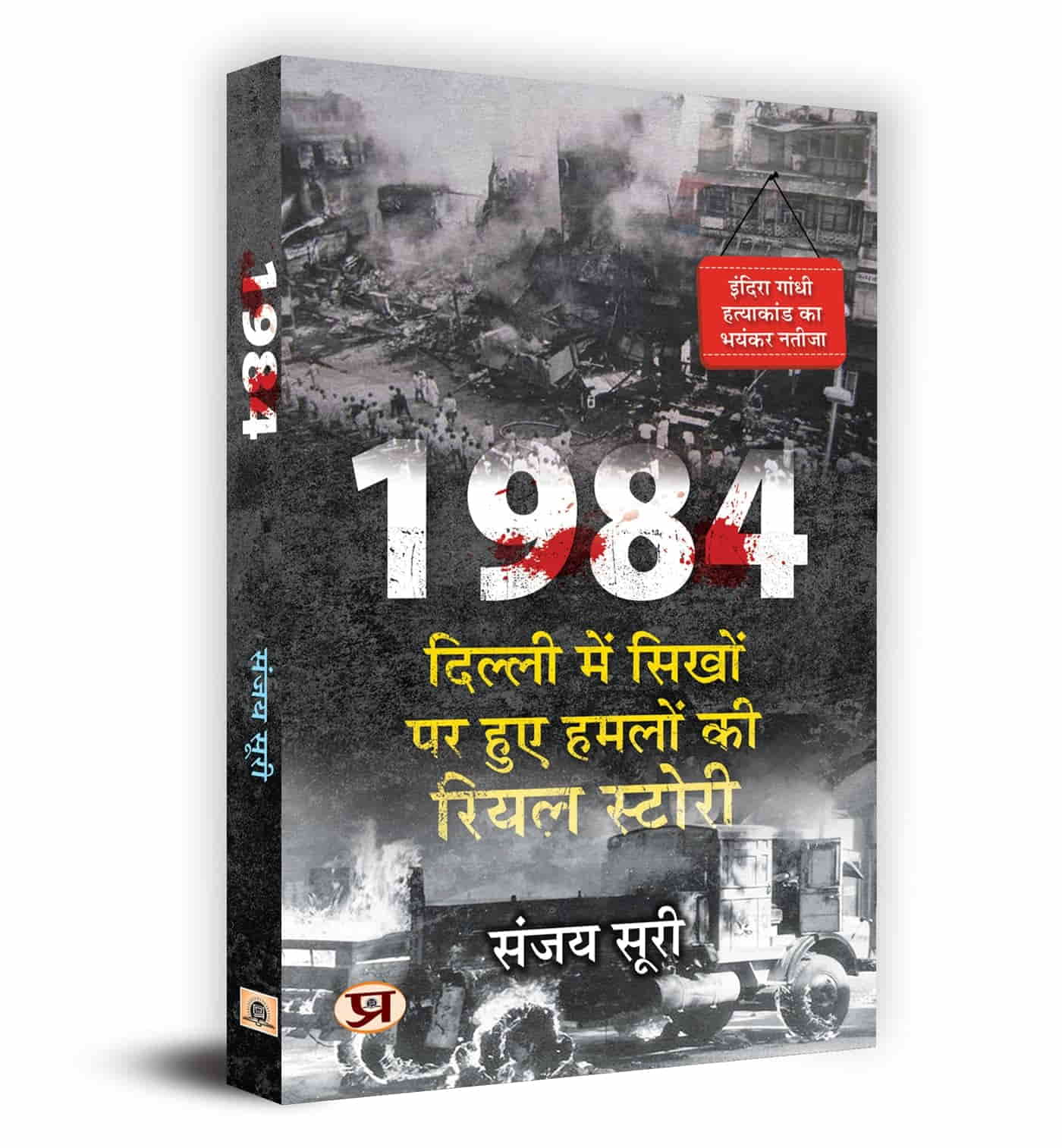₹500










Ever since independence disarmament has been the main hallmark of India’s Foreign Policy. It is one of the most important issues in the world for it has a direct impact on the country’s ability to protect itself. However, the decision has to be made and with consensus of all the countries. All the countries have to agree and abide by the decision, only then can they live in harmony and peace, otherwise it could lead to nuclear holocaust if war breaks out.
The book examines India’s role in negotiations and its contribution on various aspects of this issue. The various nuances of disarmament – establishment of negotiations, machinery, suspension of nuclear tests, proliferation of nuclear weapons, establishment of nuclear-free zones, reduction of nuclear and conventional weapons, international control of atomic energy and establishment of international police force – have been studied minutely in the book. It also deals with India’s opposition to the Non Proliferation Treaty (NPT), Comprehensive Test Ban Treaty (CTBT), etc. Finally, various bilateral and multilateral treaties in the sphere of arms control and its reduction are discussed and specifically the controversial Indo-US Deal 2008, and its impact on India’s Disarmament Policy.
________________________________________________________________________________________________________________________________________________________________________________________________________________________________________
Contents
Preface —Pgs. 5
1. Introduction —Pgs. 15
2. India in the Nuclear Diplomacy —Pgs. 21
3. Mechanics and Politics of Negotiations —Pgs. 32
A. Early Attempts —Pgs. 33
B. East-West Deadlock and India’s Reaction —Pgs. 37
C. East-West Accord —Pgs. 47
D. Restructuring of the Negotiation Set-up —Pgs. 50
E. Suspension of Negotiations —Pgs. 53
F. Resumption of Negotiations and Problems —Pgs. 54
G. Evaluation —Pgs. 56
4. Disarmament: Reduction and Elimination —Pgs. 59
A. Preliminary Attempts —Pgs. 60
B. Efforts to Conciliate East-West Differences —Pgs. 65
C. General and Complete Disarmament —Pgs. 73
D. India’s Specific Suggestions —Pgs. 75
E. US-Soviet Joint Statement —Pgs. 79
F. Detailed Discussions at Geneva —Pgs. 81
G. General Assembly Session of 1962 —Pgs. 85
H. Sino-Indian Hostilities —Pgs. 87
I. Evaluation —Pgs. 88
5. Diplomacy of Nuclear Tests —Pgs. 91
A. India Proposes Suspension —Pgs. 92
B. Growing International Pressure —Pgs. 93
C. The Question of Tests Given Priority —Pgs. 100
D. France Goes Alone —Pgs. 103
E. The Geneva Negotiations —Pgs. 106
F. Collapse of Negotiations and the Resumption of Tests —Pgs. 111
6. Towards The Test-Ban Treaty —Pgs. 115
A. Fateful General Assembly Session of 1961 and India’s Unequivocal Opposition —Pgs. 116
B. Nuclear Countries vs. Non-nuclear Countries —Pgs. 122
C. India Opposes Nuclear Powers —Pgs. 125
D. Resumption of the Geneva Negotiations —Pgs. 127
E. Negotiations in the ENDC —Pgs. 129
F. Debate in the General Assembly —Pgs. 133
G. Partial Test-ban Treaty —Pgs. 135
H. The Dispute on Underground Tests —Pgs. 136
I. Comprehensive Nuclear-test-ban Treaty (CTBT) February 8, 1987 —Pgs. 142
J. Evaluation —Pgs. 144
7. Non-Proliferation of Nuclear Weapons —Pgs. 146
A. India’s Concern —Pgs. 147
B. Focus on Proliferation —Pgs. 150
C. India’s Reaction to Nuclear-armed China —Pgs. 152
D. India’s Definition of ‘Proliferation’ —Pgs. 156
E. Changes in Emphasis —Pgs. 158
F. Non-Proliferation of Nuclear Weapons Treaty (N.P.T.) —Pgs. 162
G. Nuclear Suppliers Group (NSG)53 —Pgs. 164
H. Evaluation —Pgs. 165
8. Other Arms Control and Confidence-Building Measures —Pgs. 167
A. Indian Proposals —Pgs. 168
B. Indian Proposals Revived by Other Countries —Pgs. 171
C. Measures Proposed by Other Countries —Pgs. 179
D. Important Proposals not Considered —Pgs. 189
E. Evaluation —Pgs. 192
9. International Control of Atomic Energy and International Police Force —Pgs. 194
A. International Control of Atomic Energy —Pgs. 194
B. International Police Force —Pgs. 199
10. Important Disarmament, Arms Control and Confidence-building Treaties—1959-2011 —Pgs. 204
A. General Treaties —Pgs. 204
1. Partial Nuclear Weapon Test Ban Treaty in the Atmosphere, in Outer Space and Under Water —Pgs. 204
2. Comprehensive Test Ban Treaty (CTBT) —Pgs. 204
3. Treaty on the Non-proliferation of Nuclear Weapons (NPT) —Pgs. 204
4. Prohibition of Nuclear Arms on Seabed —Pgs. 205
5. Prohibition of Biological and Chemical Weapons Treaty —Pgs. 205
6. Chemical Weapons Convention —Pgs. 206
7. Convention on the Physical Protection of Nuclear Material —Pgs. 207
B. Nuclear Free Zone Treaties —Pgs. 207
1. The Antarctic Treaty —Pgs. 207
2. The African Free Zone Treaty —Pgs. 208
3. Outer Space Treaty —Pgs. 209
4. Treaty for Nuclear Free Zone in Latin America —Pgs. 209
5. South Pacific Nuclear Free Zone Treaty —Pgs. 209
C. Regional Treaties of Europe —Pgs. 210
1. Treaty on Conventional Armed Forces in Europe (CEF) —Pgs. 210
2. Security and Confidence Building and Disarmament Measures for Europe —Pgs. 210
D. Measures to Prevent Spread of Nuclear Weapons —Pgs. 211
1. US-IAEA Safeguards Agreement —Pgs. 211
2. Export Control on Computers —Pgs. 215
3. Export Control of Conventional Arms and Dual-Use Goods and Technologies —Pgs. 215
E. Treaties between the United States of America and The Union of Soviet Socialist Republics/Russian Federation —Pgs. 216
F. Evaluation —Pgs. 218
11. Impact of Indo-US Nuclear Deal 2008 —Pgs. 220
A. Background —Pgs. 220
B. India Conducts Nuclear Weapon Test —Pgs. 222
C. Nuclear Power Potential and Future Projects of India —Pgs. 224
D. Indo-US Joint Statement of Peaceful Co-operation of Nuclear Energy —Pgs. 226
E. The Hyde Act of 2006 —Pgs. 227
F. Section 123 of the US Atomic Energy Act of 1946 —Pgs. 230
G. Approval of IAEA and NSG —Pgs. 232
H. Indo-US Nuclear Deal Signed —Pgs. 233
I. Merits and Demerits of the Deal —Pgs. 235
J. Consequences of the Nuclear Deal —Pgs. 239
K. Nuclear Weapons Balance Sheet —Pgs. 241
L. Evaluation —Pgs. 243
12. Facets of India’s Disarmament Policy in the Nuclear Age —Pgs. 245
End Notes —Pgs. 254
Bibliography —Pgs. 290
Index —Pgs. 298

Dr. N.M. Ghatate is a Senior Advocate of the Supreme Court of India. He has been Vice Chairman of the Law Commission of India. He was the Member of the National Executive of the Jana Sangh/Bharatiya Janata Party from 1973 to 1998.
He did his M.A. and Ph.D in International Relations from the School of International Studies, The American University, Washington D.C. His M.A. thesis was on Sino-Burmese Border Dispute and Ph.D. thesis on Disarmament in India's Foreign Policy: 1947-1965. He was also lecture of International Relations and Organisations in the USA and India; and Participated in Several seminars in India and abroad.
He has written a number of research articles on constitutional law, international relations and contemporary domestic politics. Books to his credit are: Indo-Soviet Treaty: Reactions and reflections; Bangladesh: Crisis and consequences; Revoke Emergency; Four Decades in Parliament (English and Hindi) and Decisive days speeches by former Prime Minister Shri Atal Bihari Vajpayee.
At present, he is working three books viz. Emergency, Constitution and Democracy—An Indian Experience; 'Death under the shadow of Judiciary'; and Disarmament Policy of India in Nuclear Age 1947-2010.